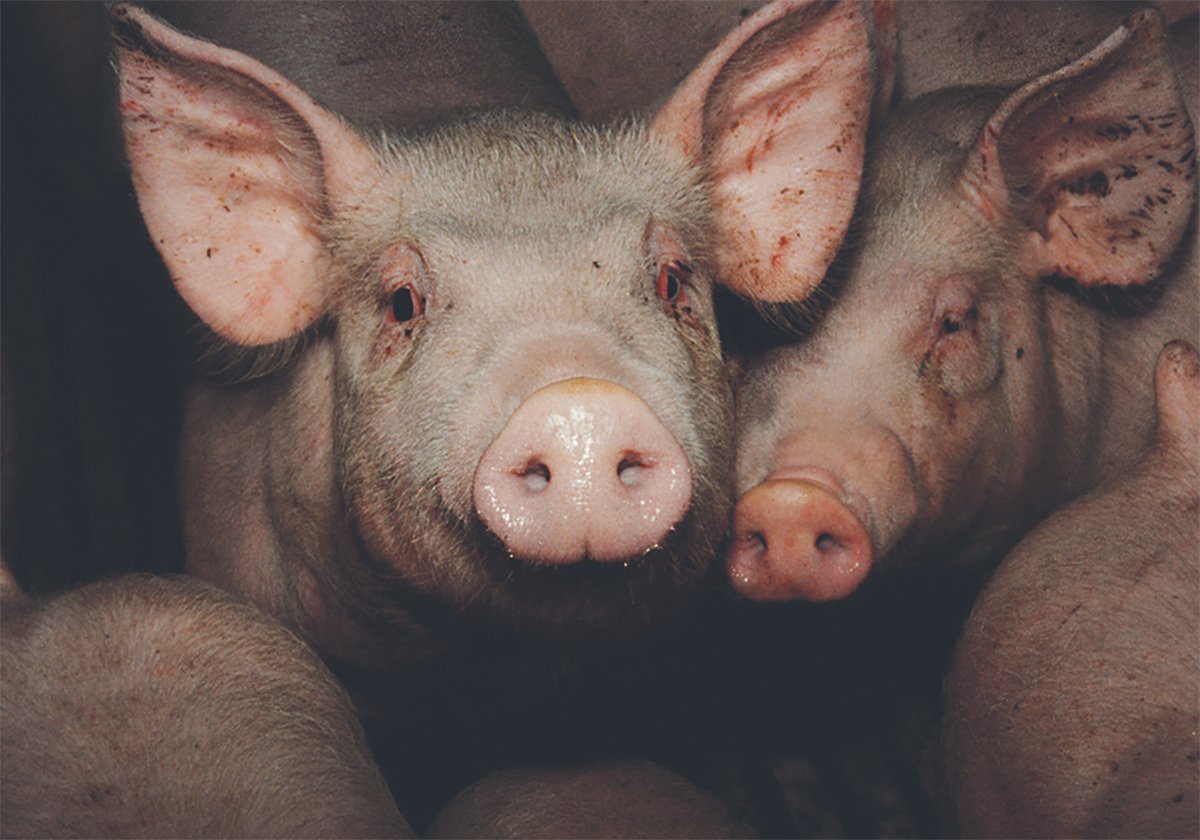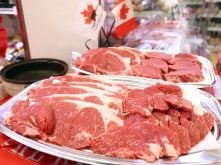Producers have several options when checking for and identifying freemartins in their herds.
Freemartins are often associated with twins and are a common phenomena, considering that half the twin sets are mixed sexes.
Freemartins should be identified early to make sure they are not kept as replacements or sold as replacement heifers.
Losses can add up if producers try for several years to breed unidentified sterile freemartins.
It is far better to identify them and put them into the feedlot with the non-replacement heifers. They will perform exceptionally.
Read Also

The Western Producer Livestock Report – October 30, 2025
Western Producer Livestock Report for October 30, 2025. See U.S. & Canadian hog prices, Canadian bison & lamb market data and sales insights.
Ninety to 95 percent of the heifers in mixed sex twins are true freemartins. A farmer could presume they are all freemartins and put them all on the culling list.
But in some cases, such as when dealing with valuable breeding stock, it is good to test and identify the five percent that could be kept as breeding animals.
Freemartins grow extremely well because of the influence of male hormones. They will often be in the top 25 percent of the heifers for size and are often considered for replacements if not identified.
I have often detected freemartins when palpating heifers for select replacement sales.
You can write “twin” on the ear tag, use a different colour or tag the opposite ear. Writing “twin” helps the feedlot or producer down the road. I notch the tags on twins, which draws attention and makes them easy to sort later.
Producers can identify freemartins by examining the external genitalia. A prominent clitoris and loosely attached or feathery vulval lips are a dead give away. The genital opening may be located down between the back legs toward where the prepuce would be on a bull.
A commercially available device helps identify freemartins with more normal looking external genitalia. It measures the depth of the vaginal vault when inserted into the vagina and can be used on newborns up to a few days old.
It has negative (short measurement), middle (indeterminate) and positive (long) positions. The short or negative positions mean the animal is a freemartin.
This device also works with bison. I used it on a 300 pound suspect freemartin bison heifer and it confirmed the suspicion.
A blood test is also available. Veterinarians draw whole blood and send it to the Saskatchewan Research Council laboratory in Saskatoon.
The measuring device and blood test are extremely accurate.
Otherwise, producers will need to wait until the heifers are much older before they can be palpated to determine freemartin status.
Occasionally a freemartin heifer is not born as a twin. The likely explanation is that it started as a twin and the other fetus was resorbed.
As long as the pregnancy reaches 60 days with both fetuses, the male fetus will exert enough hormonal influence on the heifer for it to become a freemartin. These single freemartins will be missed at birth.
A tell tale sign is a heifer that sprays urine straight back rather than down in a stream like a normal heifer.
Palpating prospective replacement heifers will identify pregnant ones and pick up the freemartins.
Here are other factors to watch for:
- beware of single dairy heifers for sale because they are often freemartins;
- freemartin heifers should be fed with the heifers rather than the steers because they can be ridden and picked on in the steer pen;
- some freemartins have rudimentary ovarian tissue and will cycle;
- they do a bit better with a steer implant.














